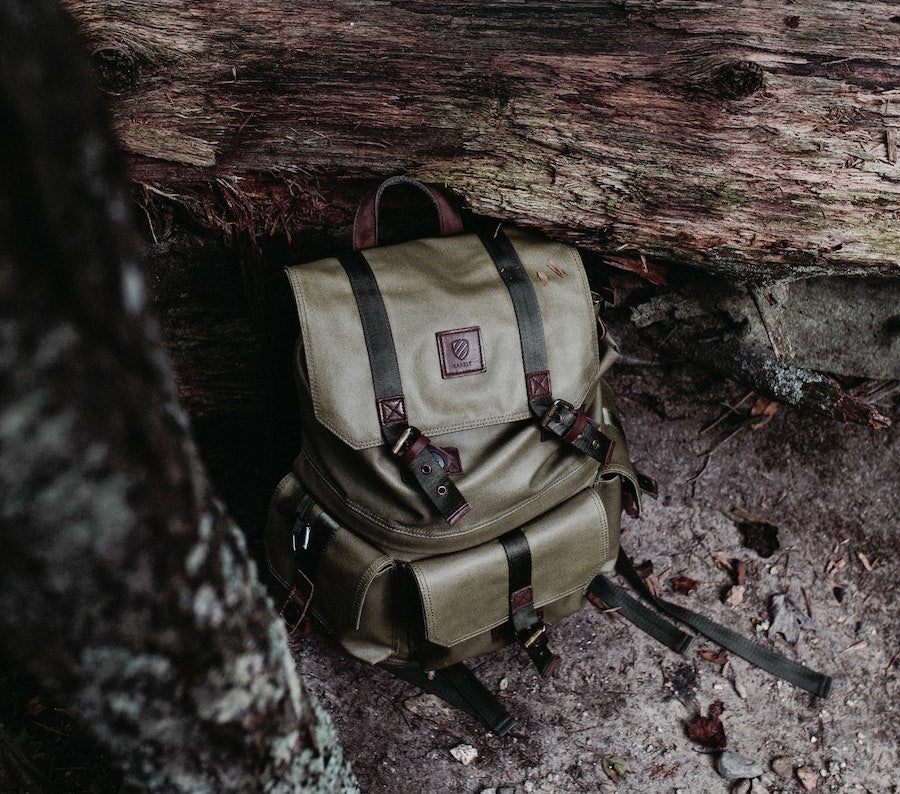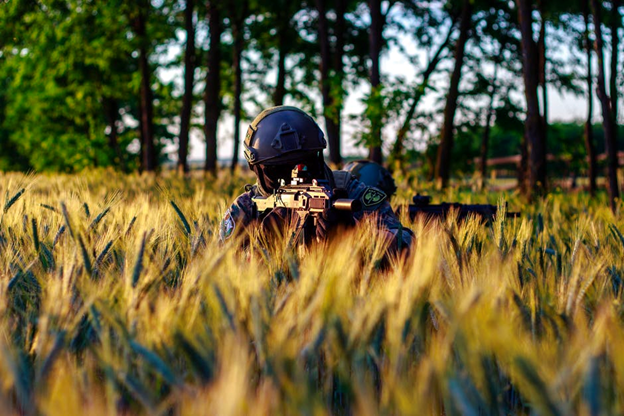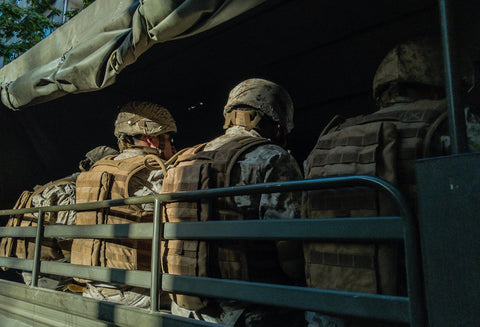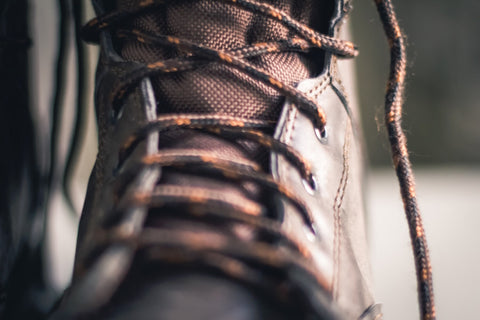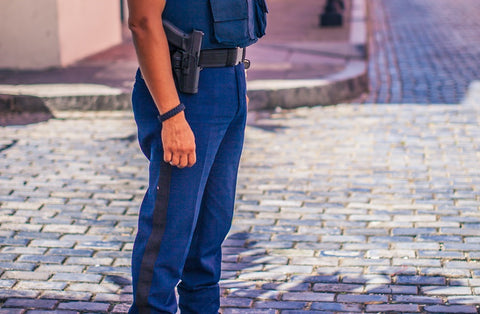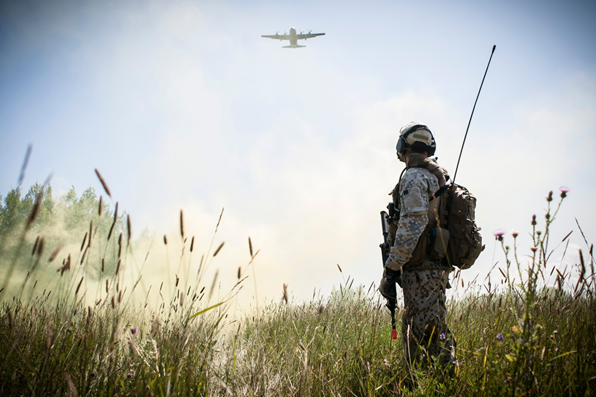How to Pack Your Tactical Bag

Tips for Packing a Tactical Bag with All the Essentials
When in the line of duty, it’s important to have your tactical bag stocked with all the essentials to help you survive in the event of an emergency. But what do you really need in your bag and how do you pack it to ensure all your items remain protected?
Here are answers to these questions, along with tips for packing your bag and a list of items to include.
What Is A Tactical Bag?
A tactical bag includes supplies to survive during and after an emergency. These bags are often kept in your vehicle in small to medium-size bags that you can carry comfortably.
Tips For Packing A Tactical Bag
Start a Packing List
Create a list of everything you need to pack and add to this list when ideas come to mind. Remember, the lighter the bag, the better. So only pack essential items that will help you get through a few days of roughing it in the wild.
Keep All Items Separate
Before packing your items, keep them separate, so you don’t lose track of what you’re packing, pack too much, or forget something.
Test for Noise
If you’re trying to be stealthy, you don’t want a bag that clanks and clunks with every step you take. So once you’ve packed your go bag, test it out by walking and jumping around to see if it’s noisy.
Waterproofing
Ideally, your tactical bag will be waterproof or water-resistant, with waterproof compartments.
Ziploc bags can also be used to keep your items dry and organized. So, be sure to pack essentials like store matches, firestarters, survival bars, medications, electronics, and extra cash in Ziploc bags.
Pack Heaviest Items First
When packing a tactical bag, think of it as a pyramid, with heavy items on the bottom, medium-weight items in the middle, and lightweight items on top. This weight distribution is the most comfortable, easiest to carry, and best for your back.
Along with the heaviest items at the bottom, you should pack the gear you would only need access to at the end of the day when you’re done carrying your bag.
The middle of the bag should include things you will need when you’re ready to set up camp for the night and stuff you probably won’t need when you’re on the go.
And the top of your bag should have self-defence and navigation gear, water purification tablets, and mid-mission snacks.
You can also pack items you need to access quickly and frequently on the outside compartments or using MOLLE attachments.
What Should Go In A Tactical Bag?
Your tactical bag’s contents should depend on your mission. Since a tactical bag is about survival, pack the essentials to sustain you for days following an emergency.
First Aid
Pack a First-Aid kit or IFAK pouch with:
- Israeli bandages
- Safety pins
- A tourniquet
- Wound gauze roll
- Surgical tape
- Personal medications
- Band-Aids
- Moleskin pads
- Neosporin
- Pain killers
- Superglue
- Blood clotting sponge
- Vaseline
- Fish antibiotics
- Alcohol wipes
- Hydrogen peroxide
- Q-tips
- Tweezers
- Sunscreen
- Insect repellant
Water and Water Purification
Pack a stainless steel water bottle filled with clean water along with water purification tablets to purify water from rivers and streams while on the go. These tablets treat water quickly compared to boiling water.
If you’ve set up camp and have time to boil water, your stainless steel water bottle will come in handy for boiling the water over the fire.
Also consider a quality portable water filter that removes dirt and bacteria from water.
Tactical Flashlight
Pack a super bright LED tactical flashlight so you can improve visibility at night and defend yourself from threats.
Knife
Pack a high-quality survival knife with a small knife sharpener. And make sure you learn how to use your survival knife.
A knife is a must-have for safety, survival tasks, and medical emergencies. You can also use a knife to:
- Cut and baton firewood
- Cut through rope, seatbelts, etc.
- Make feather sticks for shelter
- Strike a Ferro rod
- Dig holes
- Dig up vegetation
- Hunt, clean, and prep food
- Create a path
- Create splints for medical emergencies
- Whittle wood for bushcraft, such as for tent pegs and broiling racks
Multi-Tool
A multi-tool is just as it sounds—it has multiple tools in one, including a blade, pliers, scissors, wire cutters, screwdrivers, and a bottle opener.
A multi-tool is useful for many things during emergency survival, including cutting cords, fixing broken gear, making feather sticks for tinder, and securing your shelter.
Non-Perishable Food
Pack ready-to-eat meals (MREs), protein bars, and energy bars for at least three days. Look for calorie-dense energy bars with enough calories to meet your required daily caloric intake, such as with 2400 calories per bar. These will give you enough energy while on the go, and they are lightweight enough to pack many.
For hot meals, consider packing freeze-dried foods that just need to be mixed with boiling water.
You’ll need dishes and utensils to eat your meals, so pack a lightweight titanium spork (spoon and fork), and a stainless steel collapsible cup that can also be used as a bowl.
Toiletries
Pack the following toiletries to take care of your personal hygiene:
- Mini toothbrushes
- Mini toothpaste
- Moist towelettes
- Sportsman soap
- Hand sanitizer
- Bandana
Also, pack dental floss. While oral health might be the last thing on your mind during an emergency, nylon dental floss is sturdy—like paracord threads—and can be used for the following:
- Cordage
- Fishing lines
- Firestarter
- Cutting soft food
- Repairing and hanging clothes
- Whipping up snares
Emergency Radio
A hand-crank AM/FM/NOAA digital radio will keep you updated and informed on the emergency event, so you’ll know where to go and what areas to avoid.
Hand-crank radios don’t need batteries and often come with ports to charge other small devices.
Batteries
Consider packing USB-rechargeable batteries for your flashlight that can be charged with your hand-crank radio.
Gloves
Pack warm working gloves that give you enough dexterity to use your knife and tools without needing to take off the gloves.
Paracord
Paracords are strong cordage with high tensile strength. Along with being used as cordage and taking up very little space, paracords are easy to deploy and are also used for:
- Putting up tarp shelters
- Rigging a pulley system
- Tying something securely
- Weaving into hammocks, belts, tool grips, and fishing nets
- A DIY fishing lure
- Emergency sutures (using the inner strands)
- A tourniquet or sling
Fire Starter
Starting fires is essential for staying warm, cooking food, and boiling water. So, pack fire starters like waterproof survival matches, a fire striker fire starter, and a windproof-waterproof electric lighter that charges via a USB port on a hand-crank radio.
Compass
Pack a high-quality compass and learn how to use it, so you don’t get lost. A compass will help you know where you are and how to get to your final destination.
Being prepared is crucial for surviving emergency events. And with a tactical bag properly packed and ready to go, you will have everything you need to survive during and after an emergency. So, keep these tips in mind when packing your go-bag. And don’t forget to keep it somewhere with you at all times, like in the trunk of your car.


